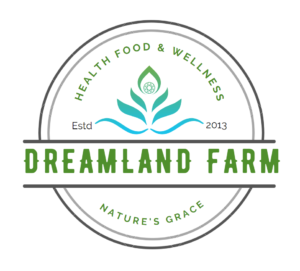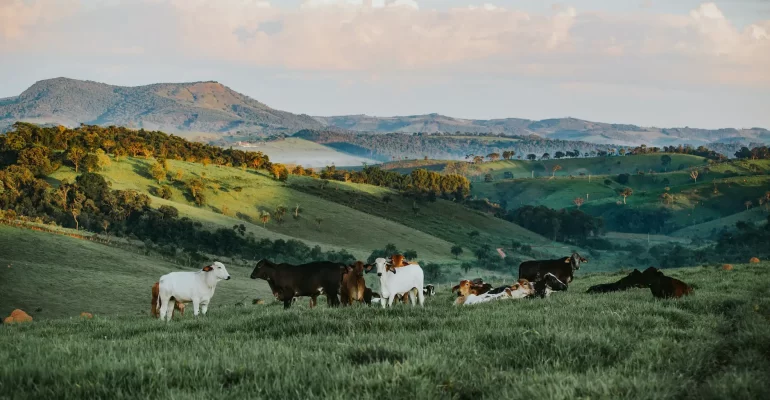Permaculture and Agroecology
February 9, 2023 2023-03-03 7:23Permaculture and Agroecology
Agroecologists conduct research on the ecological principles governing agricultural systems and apply their findings to the planning and administration of resilient and sustainable food production systems. It offers a framework for evaluating how complicated agroecosystems are.
Both permaculture and agroecology emphasize the use of local knowledge, traditional farming methods, and the utilization of biodiversity to enhance the health and production of the system. These two fields are related and similar in this regard.
Principles of Permaculture and Agroecology
The goal of permaculture design is to put together elements of nature that are beneficial to all living things. Working with nature is at the foundation of this ideology. a careful study of natural patterns and letting systems develop naturally. The most effective techniques are chosen, site characteristics are analyzed, and they are integrated with land use objectives using these principles.
Agroecology, a subset of permaculture, aims to mitigate the negative ecological and social effects of input-intensive agriculture production. In addition, agroecology offers the moral framework and guiding principles that specify the behaviors that aid in the creation of varied, sustainable systems that are adapted to a variety of cultural and natural environments. In contrast, permaculture is an alternative method of production built on the environmental tenets of waste recycling, reduced water and energy use, soil regeneration, increased genetic variety, and the integration of animals and crops into a whole system.
Environmental impact of permaculture and agroecology

Traditional agroecological systems, such as food forests and landscape design, provide the basis for permaculture methods. In order to maximize the use of your ecosystem’s resources, this method of agricultural production supports the use of naturally occurring polycultures that guarantee optimal land usage.
Agroecology encourages farming methods that lessen the consequences of climate change, provide farmers control over produce, and encourage interacting with wildlife.
Agroforestry is an illustration of agroecology that integrates farming with trees, showing how nature and food production may coexist.
Benefits of permaculture and agroecology
Due to their strategies for soil enrichment, replication of natural ecosystems, and high-yield farming techniques, permaculture and agroecology offer sustainable alternatives to current methods of global food production. Modern farming practices are harmful to the environment and prioritize quick gains.
By imitating natural plant-animal interactions and evolutionary patterns, permaculture and agroecology offer answers for food production. This can help combat climate change, bring back wildlife, and provide for a growing population’s nutritional demands.
Adopting agroecological practices and permaculture principles can help save energy, increase the effectiveness of freshwater usage, and reduce the need of pesticides and herbicides.
Additionally, these two agricultural methods can actively advance social justice and sustainability. Agroecology offers methods to lessen the effects of climate change, while permaculture ethics encourage the preservation of ecosystem equilibrium. The only real option for sustainable production and healthier life is to investigate alternative production platforms like permaculture and agroecology.
Search


